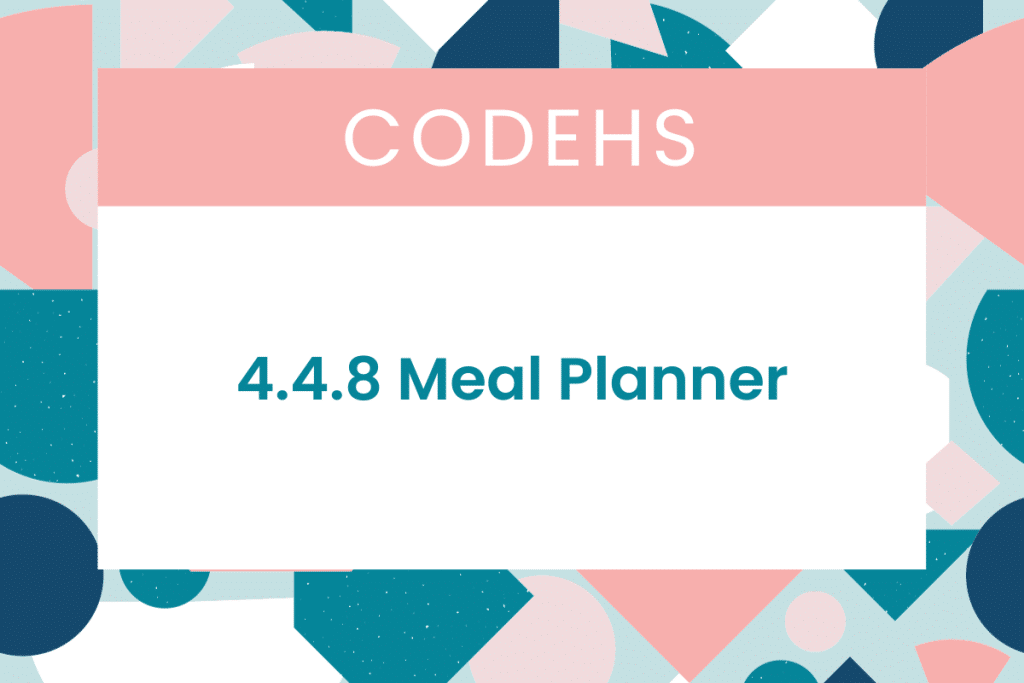The CodeHS platform presents budding programmers with a structured curriculum, often culminating in challenging exercises designed to solidify learned concepts. One such exercise, commonly referred to as the “8.3.6 Owls” programming challenge, tests a student’s grasp of conditional logic, Boolean operations, and graphical manipulation. Understanding its intricacies is paramount for any student aiming to master introductory programming concepts.
This exposition dissects the 8.3.6 Owls challenge, offering a comprehensive roadmap toward a successful solution. We will explore the problem statement, deconstruct the core logic, and provide an illustrative example written in a pseudocode format.
I. Unveiling the Owl Conundrum: The Problem Statement
The 8.3.6 Owls challenge typically involves creating a graphical representation of multiple owls arranged on a canvas. Each owl’s attributes, such as size, position, and coloration, are often governed by randomly generated parameters. The core task involves employing conditional statements to manipulate these attributes based on specific criteria. For instance, larger owls might be designated a different hue, or owls positioned closer to the canvas’s periphery might exhibit distinct behavioral patterns.
The crux of the challenge lies not merely in generating the owls but in orchestrating their properties according to a predefined rule set. This necessitates a firm understanding of logical operators (AND, OR, NOT) and the effective application of ‘if-else’ control structures.
II. Deconstructing the Algorithmic Nucleus: The Logic Behind the Owls
At its heart, the 8.3.6 Owls challenge hinges on the following algorithmic sequence:
- Initialization: Commence by establishing the canvas dimensions and generating random values for each owl’s attributes. These attributes might encompass the owl’s x and y coordinates, its diameter, and its color palette.
- Iterative Owl Generation: Employ a loop construct (e.g., a ‘for’ loop) to iterate through the desired number of owls. Within each iteration, an individual owl is conceptualized.
- Conditional Evaluation: Apply conditional statements to evaluate the owl’s attributes against the established criteria. This is where the core logic resides. Examples include:
- Size-Based Modification: ‘If the owl’s diameter exceeds a threshold value, then modify its color to a designated shade.’
- Position-Based Modification: ‘If the owl’s x-coordinate is less than a certain value, then alter its y-coordinate to shift its position.’
- Combined Criteria: ‘If the owl’s diameter is greater than X AND its y-coordinate is less than Y, then assign it a unique texture.’
- Graphical Rendering: Render the owl on the canvas, incorporating the modifications dictated by the conditional statements. This step involves employing the platform’s graphical primitives (e.g., drawing circles, ellipses, and lines) to construct the owl’s visual representation.
- Loop Continuation: Return to the beginning of the loop to generate the next owl, repeating steps 3 and 4 until all owls have been rendered.
III. Illustrative Pseudocode Example: A Glimpse into the Solution
To further illuminate the algorithmic approach, consider the following pseudocode representation:
Canvas_Width = 400
Canvas_Height = 400
Number_Of_Owls = 10
FOR i = 1 TO Number_Of_Owls DO
Owl_X = Random(0, Canvas_Width)
Owl_Y = Random(0, Canvas_Height)
Owl_Diameter = Random(20, 50)
Base_Color = Random_Color()
IF Owl_Diameter > 40 THEN
Owl_Color = Darker(Base_Color) // Example: Make larger owls darker
ELSE
Owl_Color = Base_Color
IF Owl_X < Canvas_Width / 2 THEN
Wing_Color = Complementary(Owl_Color) // Example: Different wing color based on position
ELSE
Wing_Color = Owl_Color
Draw_Circle(Owl_X, Owl_Y, Owl_Diameter, Owl_Color) // Owl Body
Draw_Ellipse(Owl_X - Owl_Diameter/4, Owl_Y - Owl_Diameter/4, Owl_Diameter/2, Owl_Diameter/4, Wing_Color) // Wing
Draw_Ellipse(Owl_X + Owl_Diameter/4, Owl_Y - Owl_Diameter/4, Owl_Diameter/2, Owl_Diameter/4, Wing_Color) // Wing
// Add more drawing instructions for eyes, beak, etc.
END FOR
This pseudocode provides a skeletal framework. The specific implementation would necessitate adapting the code to the syntax of the CodeHS environment and utilizing its built-in functions for random number generation, color manipulation, and graphical rendering.
IV. Navigating Potential Pitfalls: Common Errors and Mitigation Strategies
Students often encounter several common pitfalls when tackling the 8.3.6 Owls challenge:
- Logical Fallacies: Erroneous conditional statements can lead to unexpected behavior. Meticulously scrutinize the logic to ensure it accurately reflects the desired outcomes. Boolean algebra principles are your ally.
- Scope Misconceptions: Understanding variable scope is crucial. Variables declared within a loop are typically inaccessible outside that loop. Inappropriate variable usage can result in runtime errors.
- Graphical Artifacts: Incorrect drawing parameters can lead to visually unappealing or distorted owls. Double-check the coordinates, dimensions, and color values to ensure the intended graphical outcome.
- Off-by-One Errors: Subtle errors in loop counters or conditional comparisons can lead to the omission of certain owls or the incorrect application of modifications. Employ debugging techniques to identify and rectify these inaccuracies.
V. Beyond the Canvas: Expanding the Challenge
Once the basic functionality is achieved, the 8.3.6 Owls challenge can be expanded in numerous ways to further enhance the learning experience:
- Advanced Attributes: Introduce additional owl attributes, such as feather patterns, eye shapes, or beak sizes, and manipulate these attributes based on more complex conditional criteria.
- Interactive Elements: Incorporate user interaction. Allow users to click on the owls to trigger events, such as changing their color or displaying information about them.
- Animation: Animate the owls, causing them to move across the canvas or exhibit other dynamic behaviors. This would necessitate introducing concepts such as timers and event listeners.
- Algorithmic Complexity: Implement more sophisticated algorithms for owl placement and attribute generation. For instance, use a clustering algorithm to group owls together or employ Perlin noise to generate more natural-looking feather patterns.
Mastering the 8.3.6 Owls challenge signifies a student's proficiency in fundamental programming concepts. By understanding the problem statement, deconstructing the underlying logic, and practicing diligently, students can not only successfully complete the exercise but also cultivate a strong foundation for more advanced programming endeavors. Diligence and a methodical approach are key to unlocking the secrets hidden within those digital owls.
